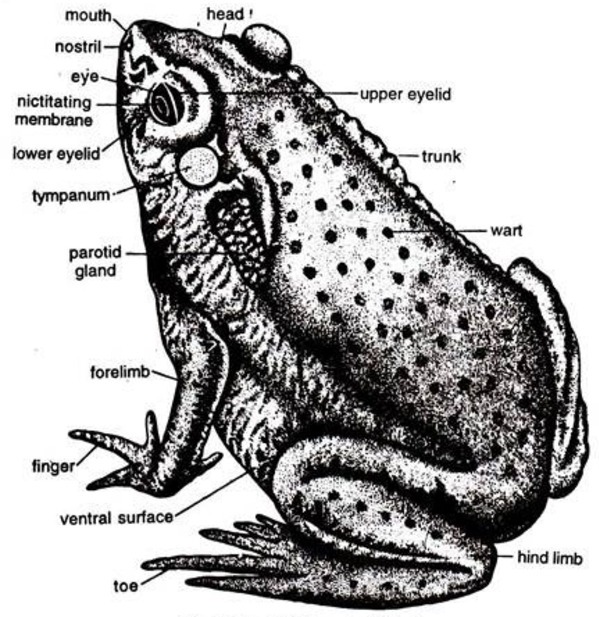When you think of animals, you probably picture them blinking and closing their eyes like humans do. However, one fascinating creature that can't close its eyes is the bullfrog. In this article, we'll dive into why bullfrogs cannot close their eyes, how they sleep, and explore other animals with similar traits.

Bullfrogs (Rana catesbeiana) are large amphibians native to North America. Known for their loud croaks and vibrant green or brown skin, they are often found near ponds and marshes. What sets them apart from many other animals is their inability to fully close their eyes.
Anatomy of Bullfrog Eyes:
Bullfrogs do not have traditional eyelids. Instead, they possess a special protective layer called a nictitating membrane. This membrane is transparent and acts as a third eyelid, covering their eyes while still allowing them to see.
Function of the Nictitating Membrane:
Protection: It protects their eyes from dirt and debris in their watery habitats.
Moisture: It helps keep their eyes moist, which is essential for their health, especially since they often live in humid environments.
The nictitating membrane serves several purposes:
Since bullfrogs cannot close their eyes, you might wonder how they manage to sleep. Here’s how they do it:
Resting Behavior: Bullfrogs enter a resting state where they become less active, and their metabolism slows down. During this time, they rely on their nictitating membrane to shield their eyes.
Hiding from Predators: To stay safe while they rest, bullfrogs often seek shelter among plants or submerged in water. This helps them avoid potential predators.

While bullfrogs are the most notable example, they are not alone. Here are a few other animals with similar eye adaptations:
Certain Fish:
Examples: Goldfish and Betta fish. These fish do not have eyelids and instead have a protective membrane over their eyes.
Crocodiles and Alligators:
These reptiles have a nictitating membrane that allows them to see underwater while protecting their eyes.
Some Turtles:
Examples: Box turtles and sea turtles also possess a nictitating membrane for eye protection.
Horses:
Horses can partially close their eyes, but they cannot fully shut them like humans.
Certain Birds:
Many birds, such as hawks and owls, have a nictitating membrane to protect their eyes during flight.
The bullfrog is a remarkable animal with a unique adaptation that allows it to thrive despite not being able to close its eyes. Its nictitating membrane not only protects its eyes but also helps it navigate its watery environment. Understanding these fascinating traits helps us appreciate the diversity of animal adaptations in nature. So, the next time you see a bullfrog, remember that while it can't blink like us, it has its own special way of keeping its eyes safe and healthy!
animal tags: Bullfrog
We created this article in conjunction with AI technology, then made sure it was fact-checked and edited by a Animals Top editor.